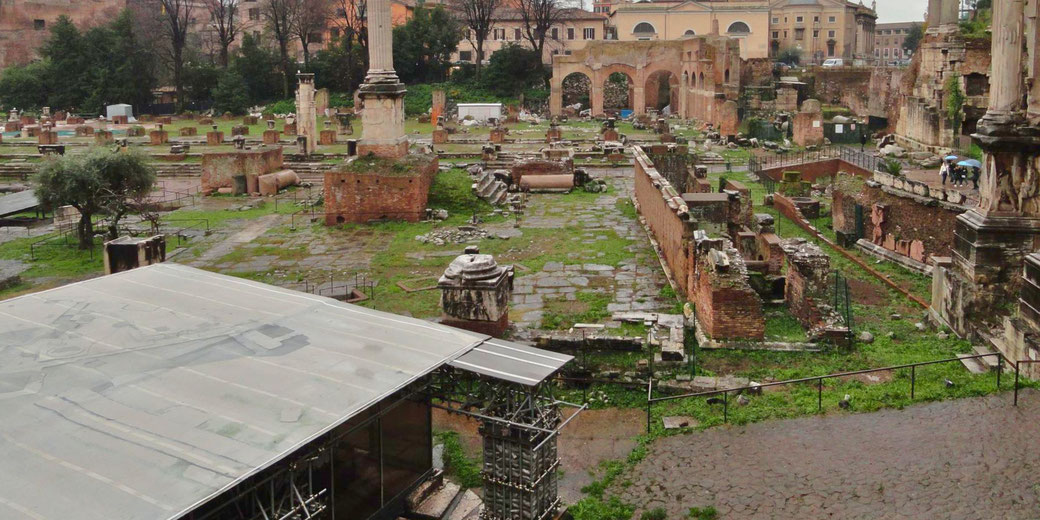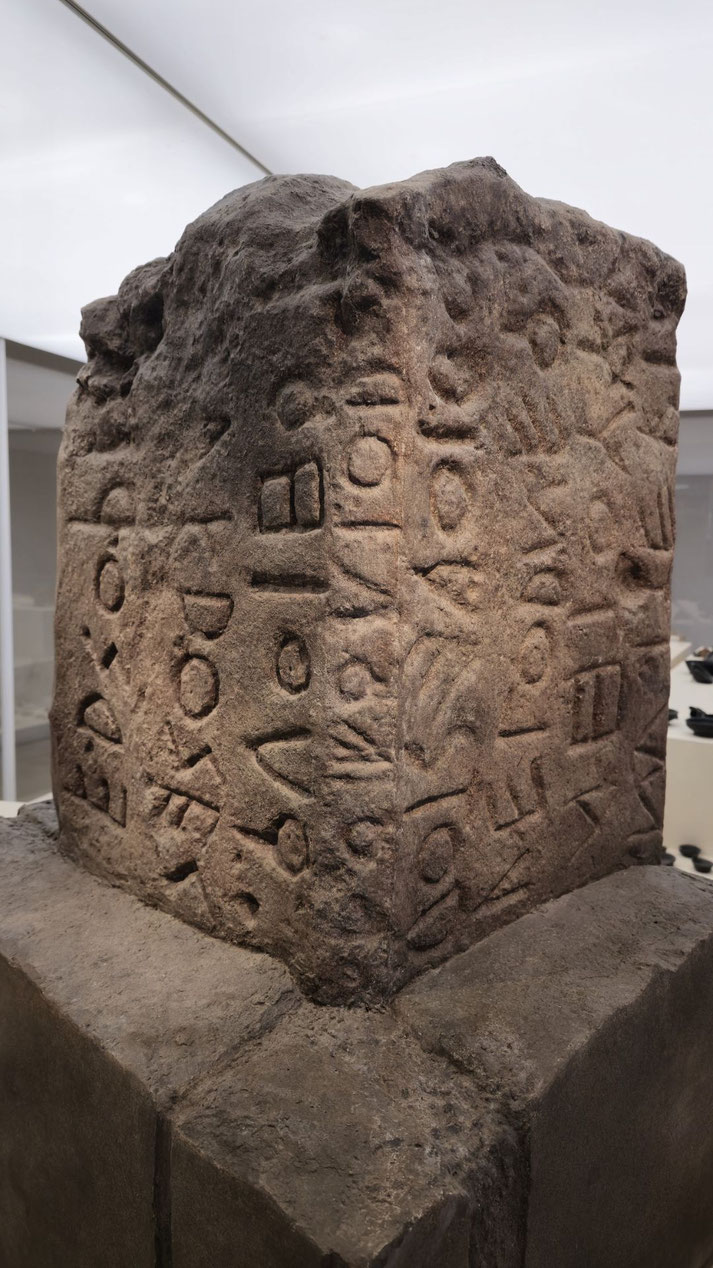Lapis Niger: A mysterious stone inscription from the darkest period of Roman history

Hidden under the ruins of the ancient Roman Forum lies a black stone that hides rare information about the rituals and beliefs of Rome’s earliest days.
A series of archaic inscriptions reveal shadows from the young city-state, which connected the stone to sacred practices and early myths.
For centuries, scholars have studied its unclear messages, eager to understand its role in forming the political and religious identity of ancient Rome.
But what do the words say, and why is it so important?
How and where was the Lapis Niger discovered?
In 1899, among the ruins of the Roman Forum, an archaeological team led by Giacomo Boni found the Lapis Niger within the Comitium.
The stone sat on a carefully built platform of marble, with the remains of an ancient altar.
This site is close to the steps of the later Curia Julia and near the Arch of Septimius Severus.
The smooth black marble of the Lapis Niger was part of a detailed structure that measured about 1.4 metres long and 1.2 metres wide.
The marble slab sat on a carefully designed base of tuff blocks and stone, which kept it stable and maintained its raised position.
In addition, around the slab, archaeologists saw parts of a protective barrier, which may have marked the area as a sacred or restricted space.
Under the Lapis Niger, they found an underground shrine whci contained a stone block that was inscribed in very old Latin.
On examination, the writing was almost impossible to read because the letters looked like they were written in a rough Greek script.
That detail led to the idea that the site may have dated from before the Roman Republic.
More specifically, it might have tantalising clues to the origins of early Roman kings, around the 6th century BCE.
The inscription: One of Rome's oldest texts
Carved into the stone was one of the oldest surviving examples of Latin writing, not early Greek as had been suspected.
The text was written in an old form of the alphabet and used boustrophedon formatting, which meant the lines switched direction between left to right and right to left.
That early style, which was common in the Mediterranean before writing became standardised, showed Rome’s connections to wider writing trends of the first millennium BCE.
The language also had unique features, like the use of older forms of Latin and the lack of some grammatical structures found in later Classical Latin.
At the same time, the inscription on the Lapis Niger remained incomplete and broken.
The readable parts that remained seemd to include warnings and religious references.
Key words like rex (king) and sacer (sacred) were visible. As a result, the text appeared to warn of curses or consequences for anyone who breaks the rules of the sacred site, possibly by doing forbidden actions or entering without permission.
Scholars think the inscription may have mentioned laws, rituals, or orders from the early Roman kings or priestly authorities.
Because the inscription is in pieces and there are no clear historical records about it, archaeologists and historians faced significant problems interpreting the site.
The best guess is that priests and augurs, who were key religious figures in Roman life, likely used the area for ceremonies that called on divine authority.

Why is the Lapis Niger so important to Roman history?
According to old accounts, the black marble was the burial place of Romulus, the city’s legendary founder.
In fact, Roman historians such as Livy and Varro connected the area to key events in Rome's early monarchy.
However, its location in the Comitium, which was central to Rome’s civic and political life, suggested that the site had two roles as both a sacred monument and a place of legal authority.
However, others believed it was a cenotaph that honoured a great figure such as Romulus or another early Roman king.
Still others suggested that it was simply a sacred boundary marker that warned against entering hallowed ground.
Ultimately, due to the fact that it is damaged and mostly imcomplete, we may never know the true purpose of function of the stone.
It may remain as one of the many mysteries of the earliest history of ancient Rome.
What do you need help with?
Download ready-to-use digital learning resources
Copyright © History Skills 2014-2025.
Contact via email
With the exception of links to external sites, some historical sources and extracts from specific publications, all content on this website is copyrighted by History Skills. This content may not be copied, republished or redistributed without written permission from the website creator. Please use the Contact page to obtain relevant permission.





